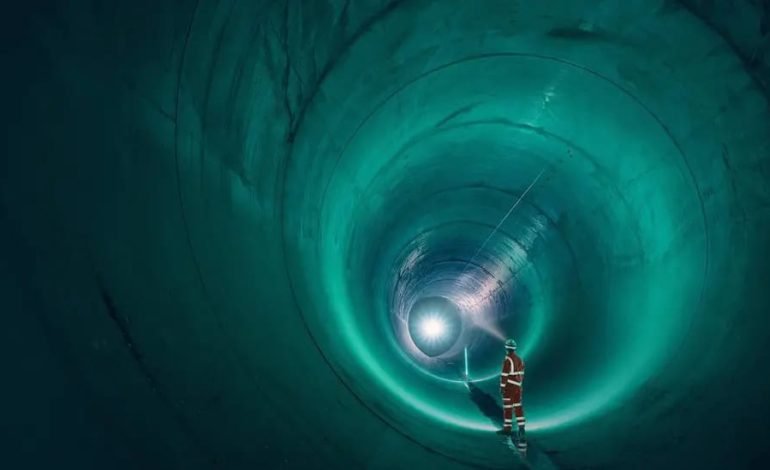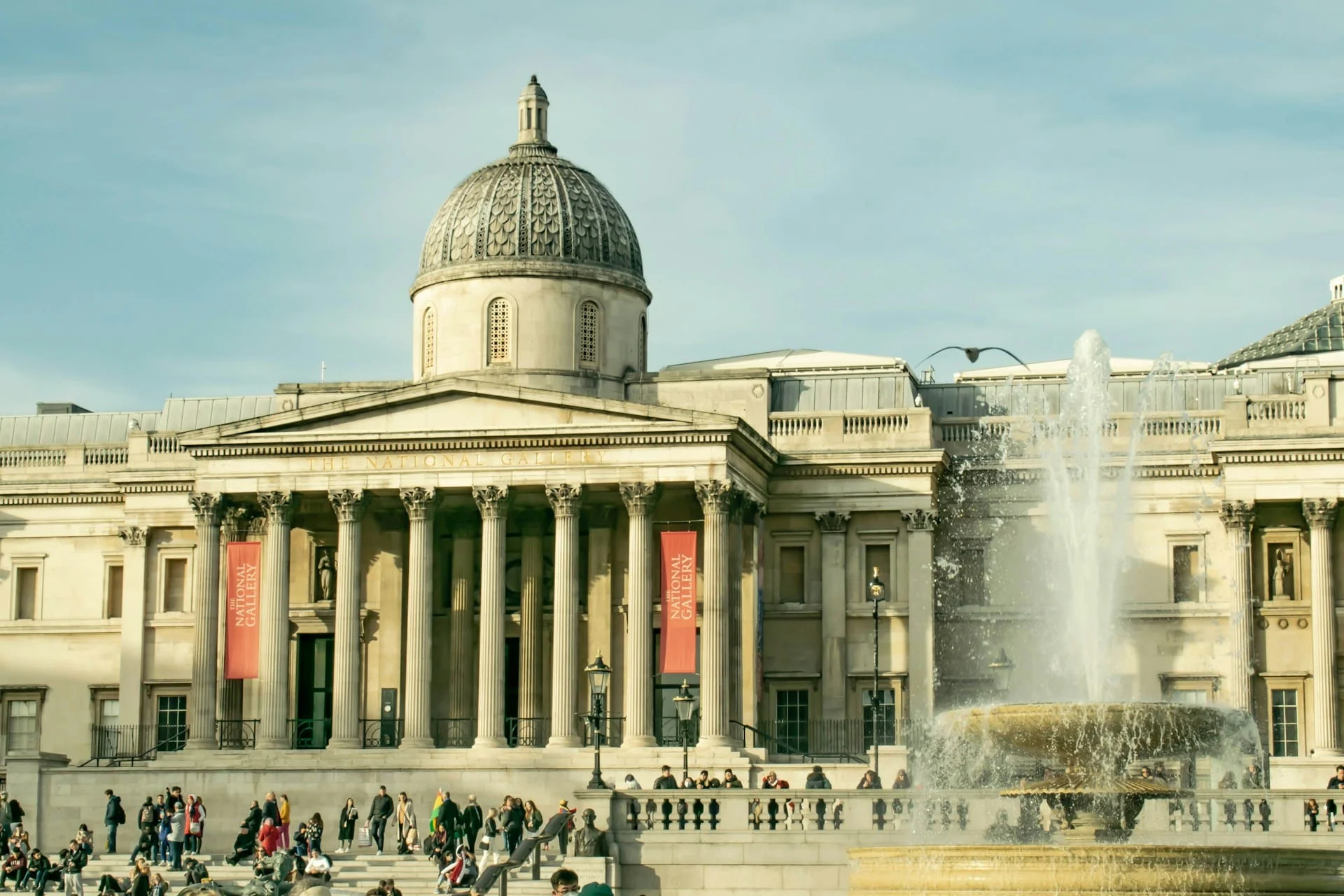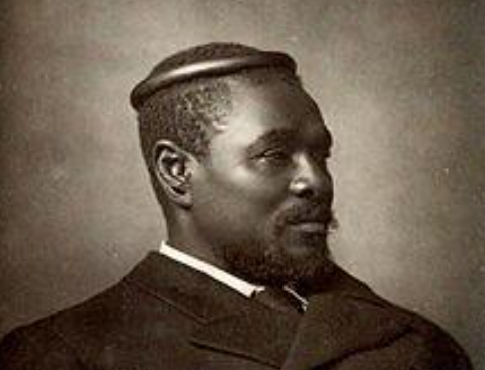Philip Sutton: A Life in Colour and Motion
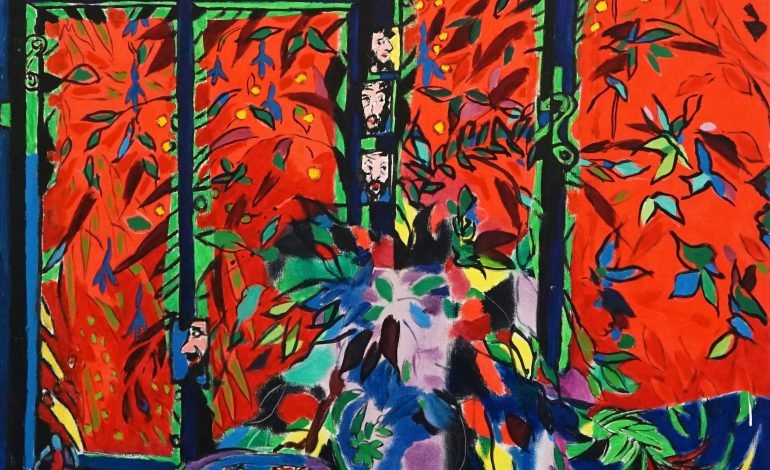
Philip Sutton is one of a golden generation of British painters who, in the mid-1950s, refused to be eclipsed by the brilliance of American Expressionism. Sutton, Ewan Uglow, Craigie Aitchison, and Michael Andrews were all students together at the Slade in the early 50s and all made their indelible marks on modern art history.
Now 96, Sutton is the only remaining member of that quartet, and although he is still painting despite his failing eyesight, the exhibition devoted to him at the Twilight Contemporary gallery in Essex Road, Islington, highlights a short but intense period of work. Out of it came paintings of stunningly vibrant colour, breathless action, and clamorous noise, inspired by history and by Shakespeare.
The Great Mughals Exhibition
Discover the grandeur of Mughal art and history in this stunning exhibition.Seurat and the Sea at The Courtauld
A rare glimpse into Seurat’s fascination with the sea, light, and colour.Frank Auerbach: British Art Icon Dies
Remembering the legacy of Frank Auerbach, a giant of British art.In the 1980s, the American actor and director Sam Wanamaker was pursuing what had seemed an impossible dream of creating a replica of Shakespeare’s 1599 theatre, The Globe (it was to open in 1997, four years after Wanamaker’s death), and he wanted a poster to publicise it in public spaces around London. Sutton was commissioned to design it, a departure from his more recognisable subject matter of portraits (often self-portraits, often in enormous hats) and landscapes.
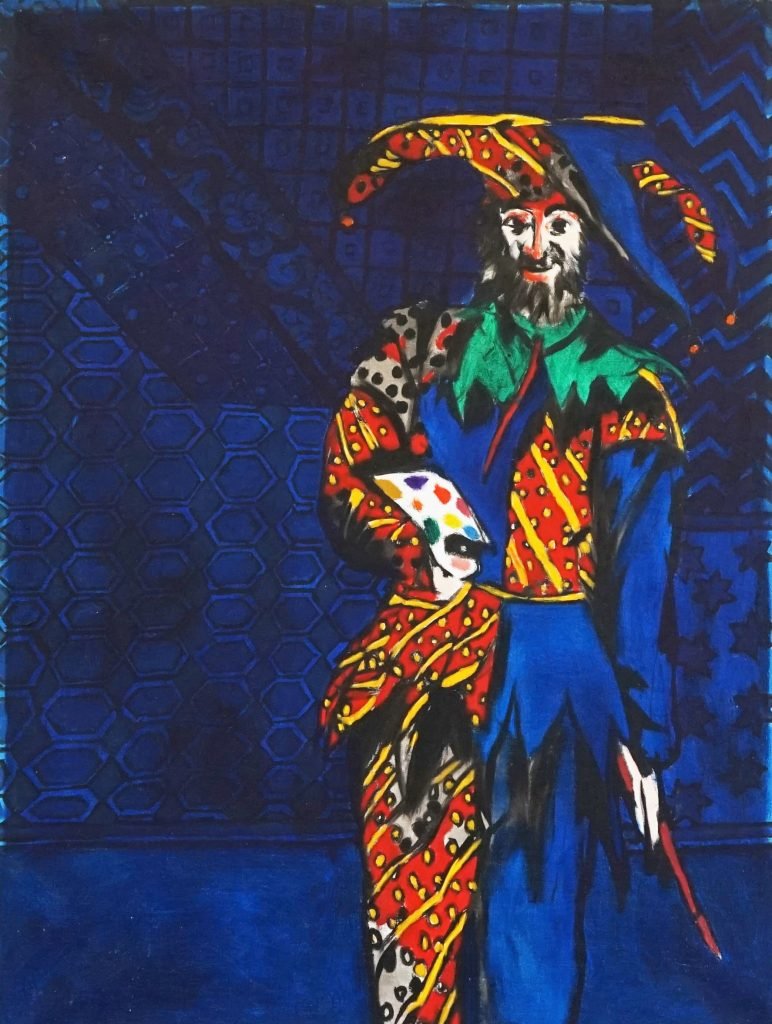
As so often in Sutton’s long career, a tiny intervention of fate set the course for the Shakespeare collection. This time, it was via Radio 3, his usual working companion: “To paint Shakespeare was like being told to paint the world—impossible,” he recalls.
“Back in the studio alone after meeting Wanamaker, I hadn’t an idea, and on the radio was this fantastic music. It turned out to be Walton’s score from the film of Henry V, and the choice was made for me – I suddenly had an image of Agincourt.”
The poster commission was eventually to lead to Sutton embarking on a year-long painting binge in which he created dozens of canvases, large and small, of charging horses, weapon-wielding warriors, and a winsome portrait of Elizabeth I in the most lavish of feather head-dresses, nearly all painted in 1996 in his studio at his then-home in Manorbier on the Pembrokeshire coast.

It was a completely new departure for the artist. He scoured reference books for guidance and found at the National Gallery Uccello’s The Battle of San Romano, with its depiction of hugger-mugger close-quarter fighting around a magnificent white charger. He visited the site of the Battle of Agincourt and was struck by how farming and the raising of stock must have carried on while battle raged around agricultural necessity. So knights are somehow dodging chickens, rabbits, sheep, and goats as they seek to have at the foe. Mostly painted on a black background, blood red mingles with tree green and burning yellow as the battle rages in a small meadow surrounded by woods; mounted combatants with banners flying trot and canter towards the confrontation; a melée of faces looks up from the rolling commotion as they prepare for battle. And even here, the showman Sutton appears in an outrageous clown’s hat as The Dauphin of France.
Philip Sutton was born in the East End of London and, throughout his childhood, drew objects that caught his eye, notably car badges. Having served in the RAF in the Second World War, Philip Sutton was a beneficiary of the ex-serviceman’s grant scheme, and he arrived at The Slade (thanks, he thinks, to his car badge drawings) in 1949, a protégé of the principal William Coldstream. Times were tough after graduation, but he, his wife Heather, and their growing family settled in Battersea, and his career began to take off. His colourful ebullience and instinctive draughtsmanship made him popular and even fashionable. Their house became a salon, and the work was collected by Harrison Birtwistle, Albert Finney, Penelope Wilton, Arnold Wesker, Nell Dunn, Carl Davis, and Lord Snowdon, who did an elegiac photographic feature of the Sutton household for The Sunday Times Magazine. He was elected to the Royal Academy in 1976 and has exhibited in every RA Summer Exhibition since.
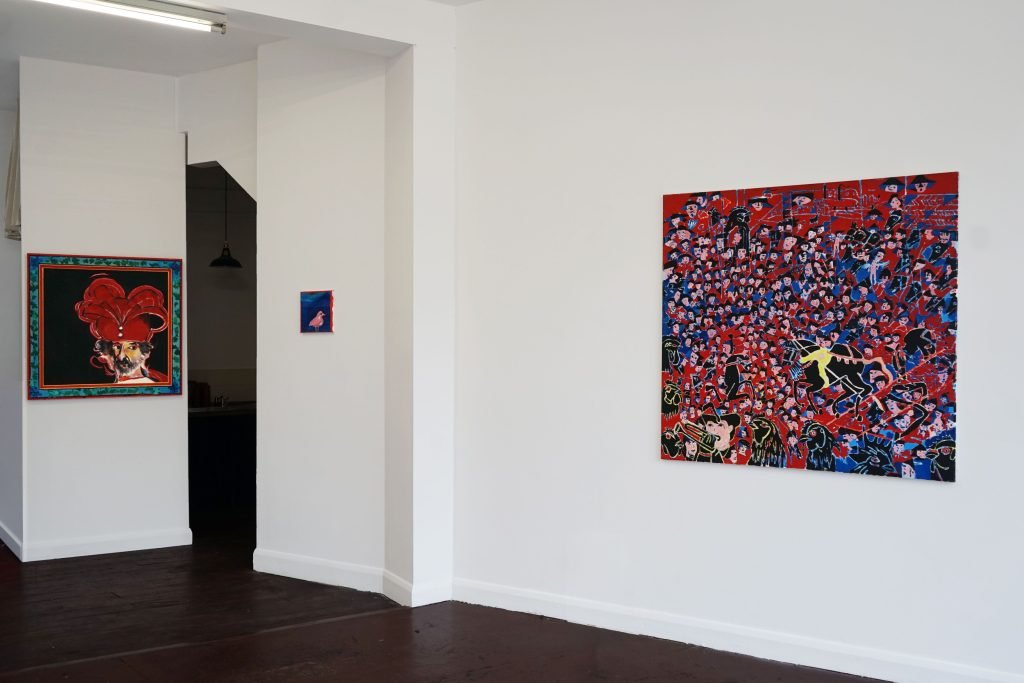
Now widowed and settled in Bridport, Dorset, where he still paints most days, Sutton has another forthcoming exhibition at Sladers Yard, a renowned gallery showcasing contemporary British art. This exhibition focuses on 70 years of his portrait-painting and includes some new works, running from 15th March 15 to 11th May .
Philip Sutton: 70 Years of Portraits
Location: Sladers Yard, West Bay, Bridport
Dates: 15 March – 11 May 2025
Price: Free Entry
Address: Sladers Yard, West Bay, Bridport DT6 4EL
Contact: +44 (0)1234 567890
Website: www.sladersyard.co.uk
Follow us on:
Subscribe to our YouTube channel for the latest videos and updates!
We value your thoughts! Share your feedback and help us make EyeOnLondon even better!


